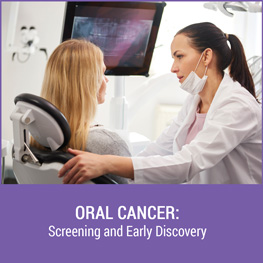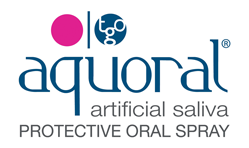September 2022 • Jo-Anne Jones, RDH • Compliments of Oral Health Group
A vast amount of my career has been spent on defining our powerful role as dental hygienists in the earlier discovery of an abnormal lesion through effective visual and tactile examination of the structures of the head, neck and oral cavity. Frankly, the omission of a thorough and effective extraoral/intraoral examination can cost a life. The incidence of oral and oropharyngeal cancer continues to rise each year with a vengeance in comparison to other cancers where we are making far greater inroads in reducing incidence.
Oral and oropharyngeal (posterior third and base of the tongue, soft palate, tonsillar tissue, uvula) is far more common than other cancers that we hear of more often such as liver, ovarian, stomach, thyroid and Hodgkin lymphoma, for instance. The perception and vast misunderstanding are that “oral cancer is relatively rare” with some practitioners claiming to never have seen it in their many years of clinical practice. This begs further questions: what and how are they looking for it? It is listed as the sixth leading site of projected new cancer cases for 2021 by the Canadian Cancer Society. Refer to Table 1. The projected new cases of head and neck cancer in Canada for 2021 were 7,400.2 These figures do not take into account those who "survive" the disease who are deemed the "lucky" ones living with permanent disfigurement, side effects of radiation – which include continual oral mucositis throughout the oral cavity and severe xerostomia often referred to as "cotton mouth" – the continual fear of recurrence, and so many more issues that are a day-to-day reminder of a diminished quality of life.











